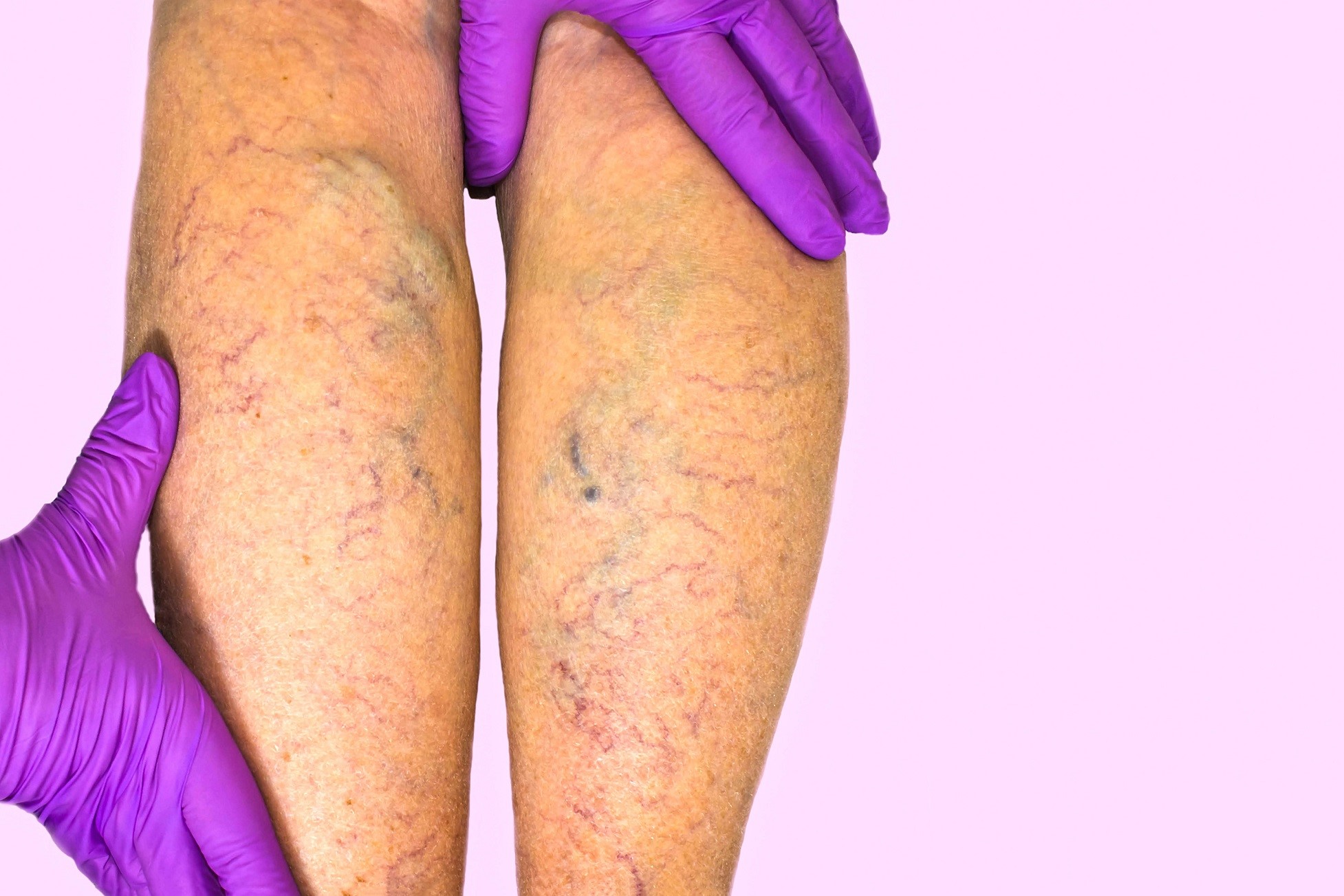
Peripheral arteriopathy: symptoms and diagnosis
Peripheral arteriopathy is a pathological condition characterized by progressive or acute occlusion of the arteries of the lower extremities by atherosclerotic plaques or emboli
The most commonly affected sites are the common iliac and femoral arteries and the arteries of the leg and foot.
Signs and symptoms of peripheral arteriopathy
Symptoms of peripheral arthopathy appear in connection with the increased oxygen demands (e.g., during exercise) that the occluded limb cannot cope with: the resulting ischemia causes the accumulation in the affected tissue of toxic substances capable of causing pain.
The latter manifests first with walking, the earlier (from hundreds of meters to a few steps) the narrower the lumen of the vessel.
Classically, the pain subsides with rest, and this is called claudication intermittens (intermittent limping) because of the typical pattern of symptoms.
In more advanced stages of the disease, the patient is forced to keep the legs almost constantly off the bed to increase blood stasis and thus the extraction of the smallest amounts of oxygen that can reduce ischemia and pain, which is now constantly present at rest.
The site of the pain may be indicative of the site of the obstructive lesion, which is generally more proximal; more precise information is obtained by palpation of the peripheral wrists: palpation of the arteries allows assessment of reduced pulsatility compared with the healthy limb.
This pulsation, moreover, is difficult and sometimes impossible to perceive when the obstruction so restricts blood flow that the arterial ichthus is no longer perceptible.
Other signs of impaired vascularization are given by pallor of the limb, cold and with impaired skin trophism (hair reduction, nail dystrophy, thinning and ulceration of the skin, up to having real gangrenes (degenerative ulceration).
Diagnosis of Peripheral Arteriopathy
The most accurate assessment of arteriopathy requires the performance of instrumental tests such as oscillometry, which allows measurement of the amplitude of the oscillations imprinted by cardiac contraction (the wider the more pervious the vessel).
Similar results can be obtained by determining the percentage ratio of arterial pressure at the arm to that at the ankle (Windsor Index).
Doppler effect ultrasonography provides quantitative and qualitative information on blood flow through the explored arteries.
Additional investigations for the study of this obstructive vascular condition are Echocolordoppler, Angiotac, and Angiormn.
Read Also:
Emergency Live Even More…Live: Download The New Free App Of Your Newspaper For IOS And Android
Arteriopathy: The Role Of Prevention
Pulmonary Ventilation In Ambulances: Increasing Patient Stay Times, Essential Excellence Responses
Thrombosis: Pulmonary Hypertension And Thrombophilia Are Risk Factors
Pulmonary Hypertension: What It Is And How To Treat It
Chronic Venous Insufficiency: Symptoms, Treatment And Prevention
O.Therapy: What It Is, How It Works And For Which Diseases It Is Indicated
Oxygen-Ozone Therapy In The Treatment Of Fibromyalgia
When The Patient Complains Of Pain In The Right Or Left Hip: Here Are The Related Pathologies
Why Do Muscle Fasciculations Occur?
Benign And Cramping Fasciculations Syndrome: Causes, Symptoms, Treatment
Calf Cramps: Could Be Peripheral Obstructive Arteriopathy
Classification Of Hypertension According To Organ Damage


